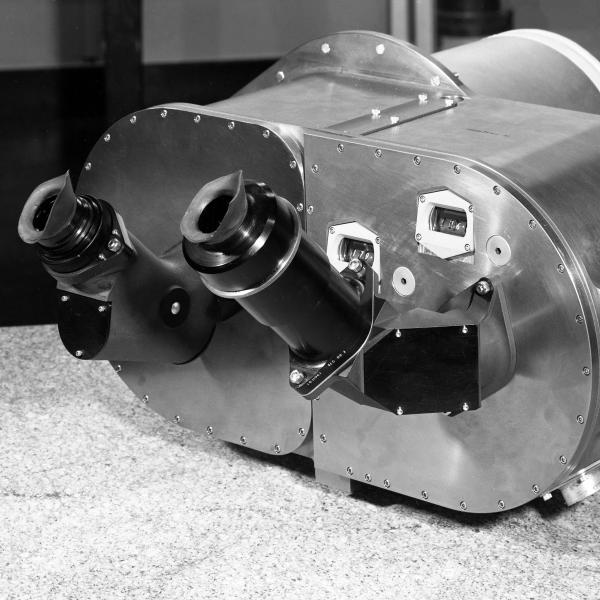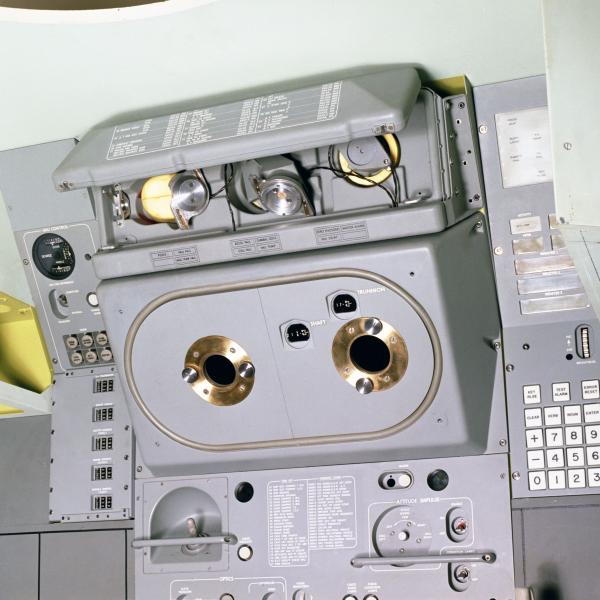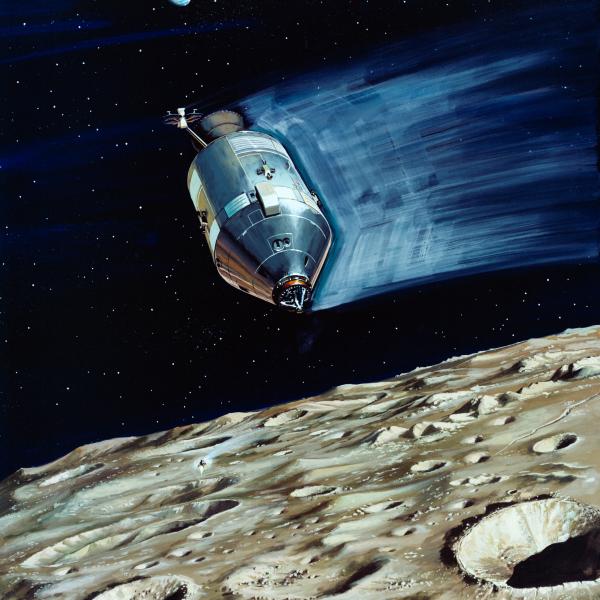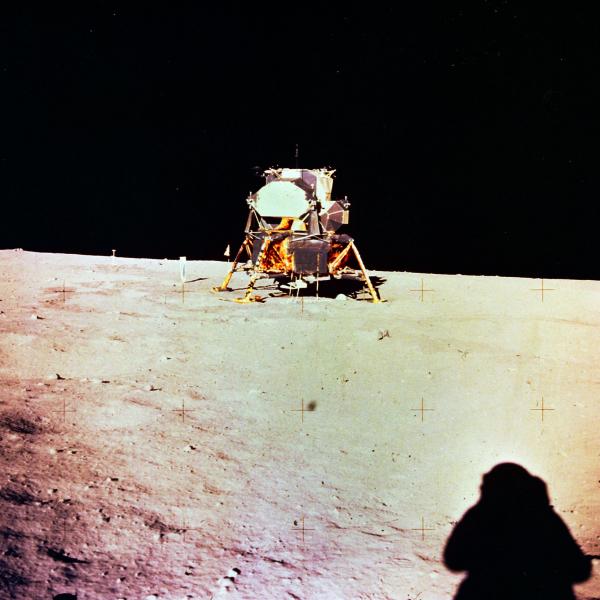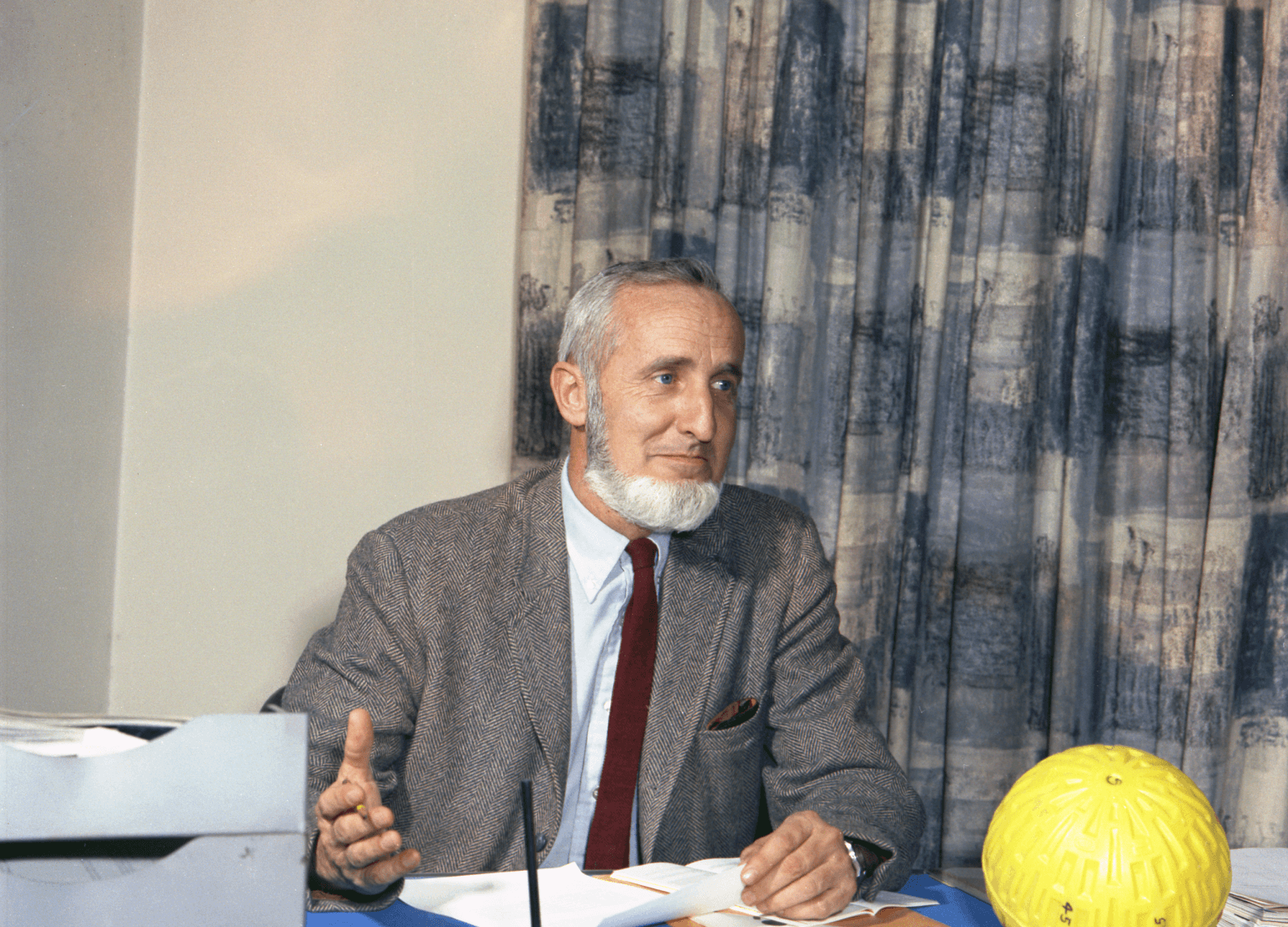
Philip Bowditch
Philip Bowditch graduated from MIT in 1946 with a degree in Metallurgy after serving in the coast guard during World War II. He joined the Instrumentation Lab (now Draper) as a Junior Engineer in 1947, working on inertial guidance. Together with Alex Koso, Bowditch led the design and development of the optics systems for both the Command (CM) and Lunar Modules (LM).
A sextant and scanning telescope comprised the CM optics system and the LM optics was made up of an alignment optical telescope. These instruments formed a self-contained guidance system and allowed the astronaut crew to observe and record measurements to orient the spacecraft in relation to stars and landmarks, as well as to align the inertial measurement unit mid-flight. In addition to his work on the Apollo Project, Bowditch helped design and install the L3 physics experiment for the European Council for Nuclear Research, or CERN. The now defunct L3 is a detector that senses and measures particles to assess their properties and mass.
Bowditch also lectured at MIT, promoting engineering as a career and sharing enthusiasm with undergrad students. At the end of his career at Draper, Bowditch had created the Scientific and Engineering Department and served as the head of the department. He retired in 1985, and wrote a few children’s books based on summers spent in Maine. Philip Bowditch is a descendant of Nathaniel Bowditch, who is often credited as the founder of modern maritime navigation.
